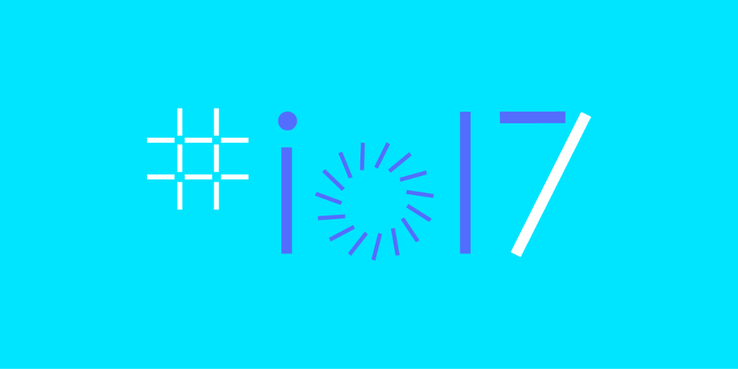Do you want to know the big announcements at Google’s annual I/O developer conference.? We have covered few main take aways from the event, in case you missed it. Right from Google Lens to Android Go, everything has been beautified and advanced.
Here is the brief summary from day 1 of Google I/O:
Google Lens
This is a set of vision based computing capabilities for the Camera that can understand what you’re looking at and help you take actions based on that information. Machine learning system that can tell you things about what your camera is seeing — is also coming into Google Photos, allowing you to ask questions about pictures you’ve already taken.
- Now you can remove the abstraction from the image and enhance them.
- You will be able to point your camera at an item and learn things about it.
Google Assistant
Assistant is becoming more conversational and it can pick up your voice accurately even from the noise. The voice recognition is getting smart recognise each person of the family with their voice.
It’s awkward talking to your phone when you are in crowd so now you’ll be able to type to Google Assistant. Knowing about real world around you would be easier when google assistant is used with the lens, then, you’ll be able to ask Assistant about real world. The is not only available to android but iOS as well so you can enjoy convenience of Google Assistant on iPhone.
Google Home
Home is even more powerful with Proactive Assistance. It will gauge your needs before you need them. It can provide even more services like hands-free calling, Visual Responses and providing more control over your favourite entertainment by support of more music/video services to your chromecast or TV.
Google Photos
Google Photos will identify your best photos and offer them up as physical, printed photo books. It allows Shared Libraries so you can select to automatically share photos of specific people with specific friends.
Google AI
Google is focusing on three areas: Research, Tools, and Applied AI. This is being powered by a new computational architecture called CTPU (Cloud Tensor Processing Units). Machine Learning powered algorithms would help solve multiple use cases like identifying cancer, learning about new molecules and helping you draw.
Android O and Go
The new version of Android is O. This is currently in developer preview mode. It will speed up Android boot time, the Pixel, for example, will start up 2x as faster. O will now support the Kotlin programming language.
For Affordability, limited network connection and multilingual capability, a lighter version on O is available and Google calls it Go.They are introducing Android Go. It will be complete with lightweight versions of Google’s own apps and a Play store that focuses on apps that play friendly with lower-spec devices (under 1GB of memory).
Stay tuned for more updates from Day 2 and Day 3.
Knowledge thats worth delivered in your inbox





